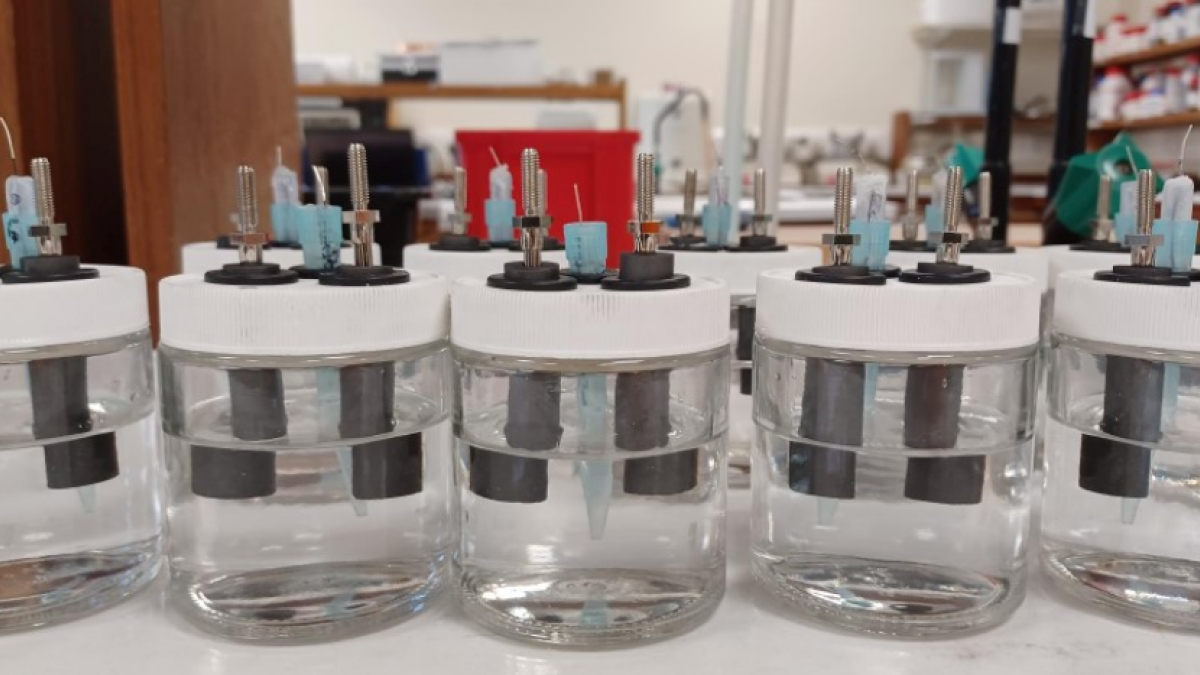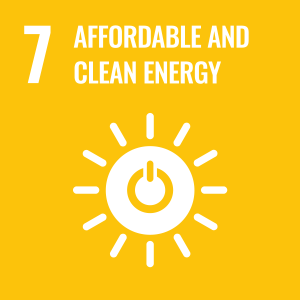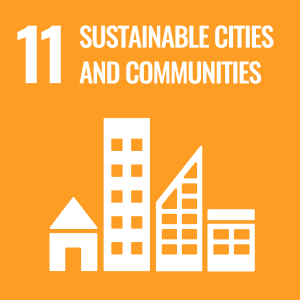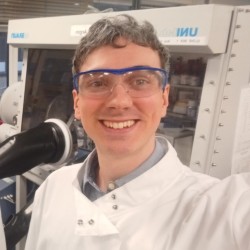Sodium-ion battery breakthrough could power greener energy – and even make seawater drinkable
Sodium-ion batteries may be the answer to the future of sustainable energy storage and could be used to make drinking water out of seawater. Scientists at the University of Surrey have discovered a simple way to boost their performance - by leaving the water inside a key component rather than removing it.

Unlike lithium-ion technology, which currently dominates the energy storage market and relies on expensive, environmentally damaging materials, sodium is far more abundant and widely available. However, developing sodium-ion batteries that can compete on performance has remained a challenge.
In a study published in the Journal of Materials Chemistry A, researchers detail how an existing sodium-based material, sodium vanadium oxide, can perform significantly better when the water it naturally contains is not removed.
The material – known as a nanostructured sodium vanadate hydrate (NVOH) – showed a major boost in performance, storing far more charge, charging much faster and remaining stable for more than 400 charge cycles.
In tests, the ‘wet’ version of the material could hold almost twice as much charge as typical sodium-ion materials, placing it among the best-performing cathodes reported to date.
The research team also tested how the material behaved in salt water – one of the most challenging environments possible. Results showed it not only continued to function effectively but also removed sodium from the solution while a graphite electrode extracted chloride – a process known as electrochemical desalination.
The breakthrough could accelerate the development of sodium-ion batteries as a viable alternative to current lithium-based technology. Using abundant, low-cost materials makes these batteries safer and more sustainable, with potential applications ranging from storing renewable energy on the grid to powering electric vehicles. The Surrey team’s approach also simplifies how high-performance sodium batteries are made, helping to bring large-scale, commercially viable energy storage a step closer.
###
Notes to editors
- Dr Daniel Commandeur is available for interview; please contact mediarelations@surrey.ac.uk to arrange.
- The full paper can be found here: https://pubs.rsc.org/en/Content/ArticleLanding/2025/TA/D5TA05128B
- A video can be found here. (Credit) University of Surrey (Caption) Salt water with universal indicator turns red at the counter electrode, showing that the new electrode isn't evolving gas.
Related sustainable development goals


Media Contacts
External Communications and PR team
Phone: +44 (0)1483 684380 / 688914 / 684378
Email: mediarelations@surrey.ac.uk
Out of hours: +44 (0)7773 479911
